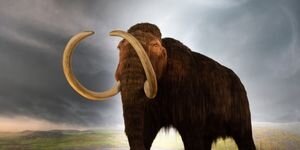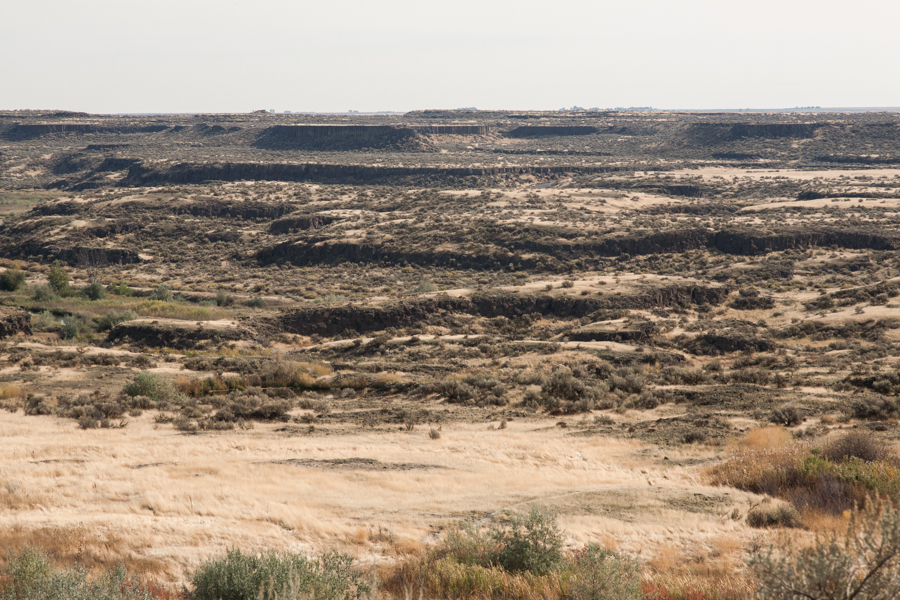Silver Supporter
Bronze Supporter
- Messages
- 1,247
- Reactions
- 2,680
Whelp, I guess if no one else is going to say it I will...
Global warming is Trumps fault. There, now we all know the truth...
Global warming is Trumps fault. There, now we all know the truth...
















